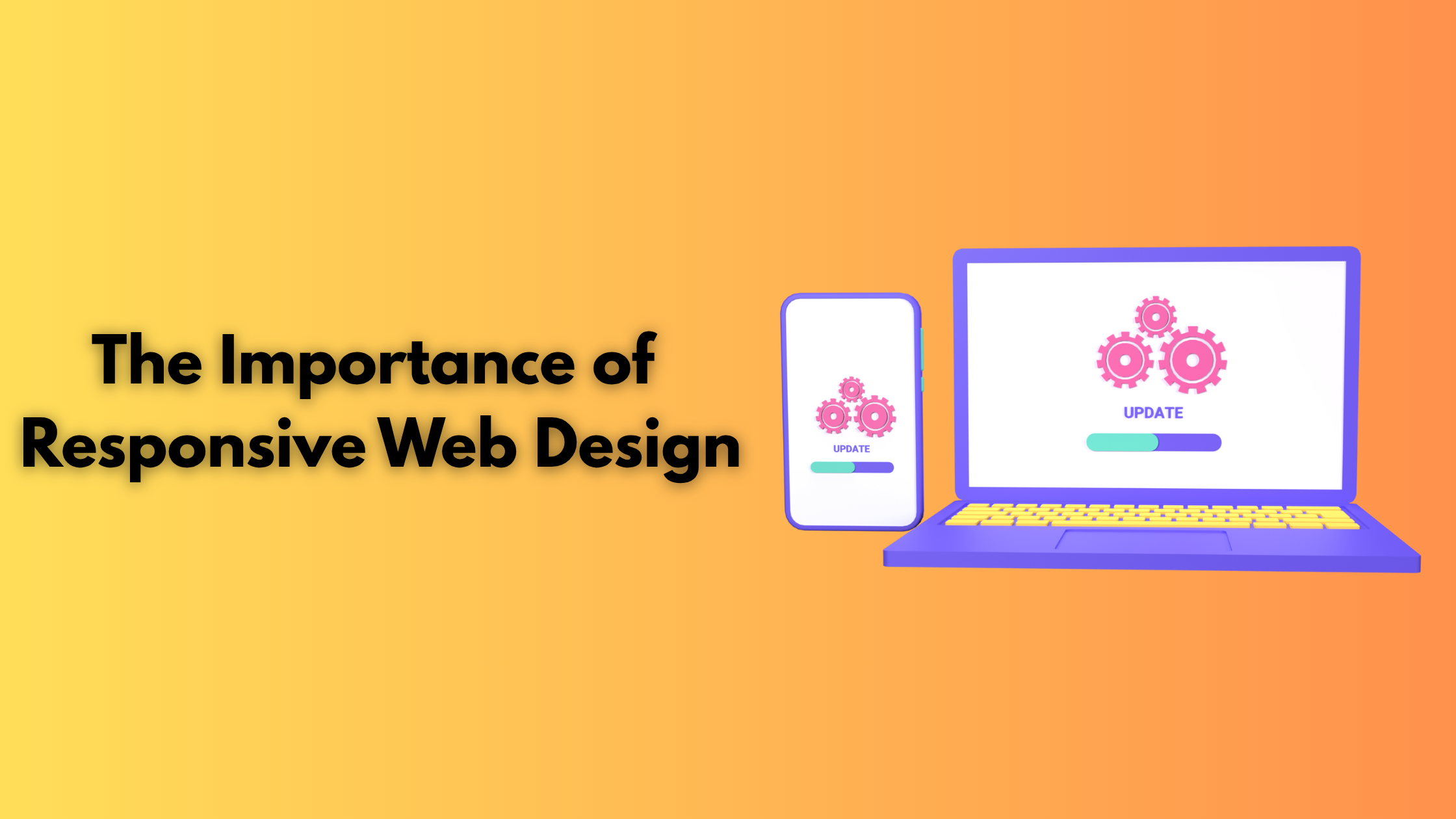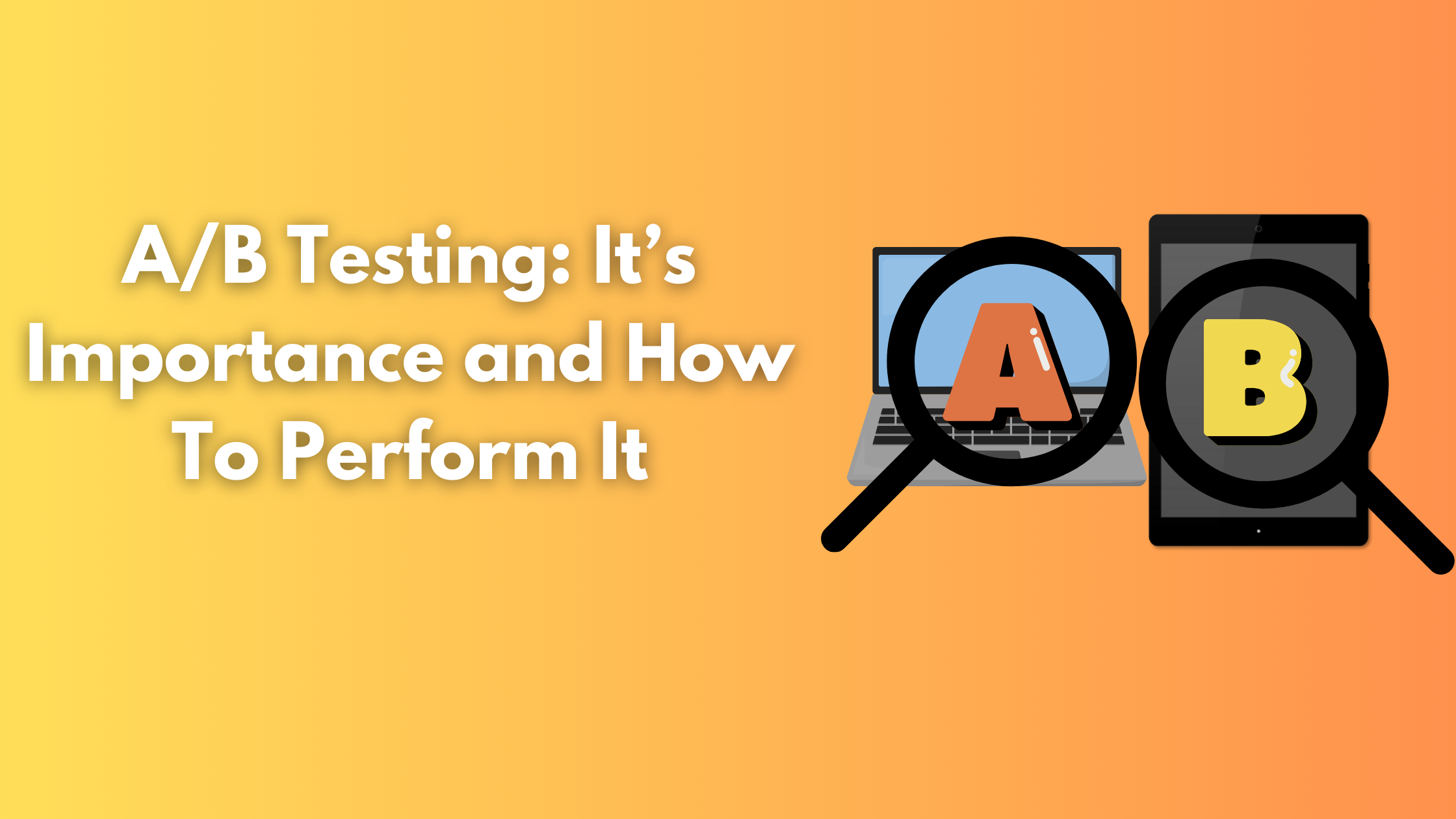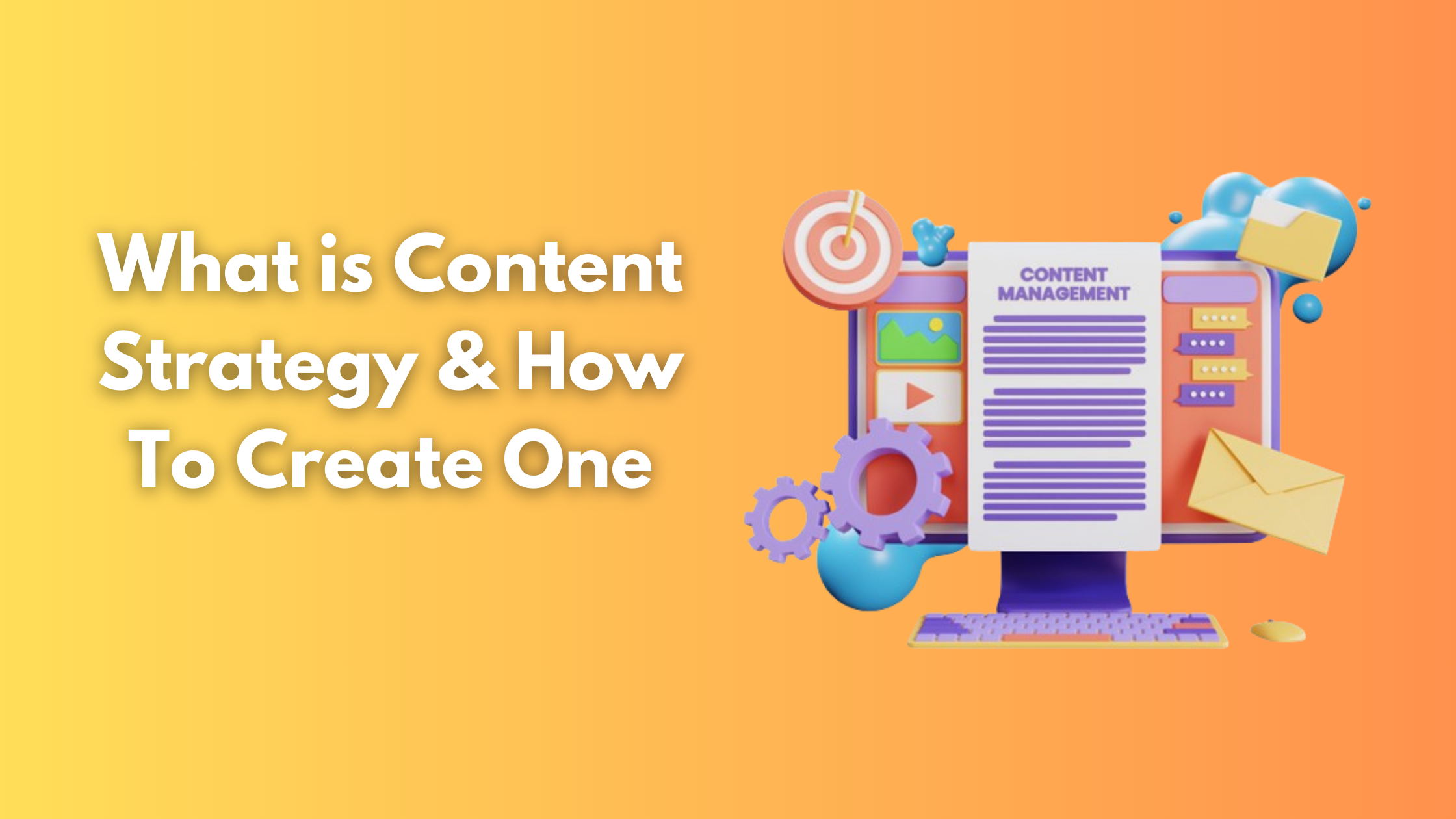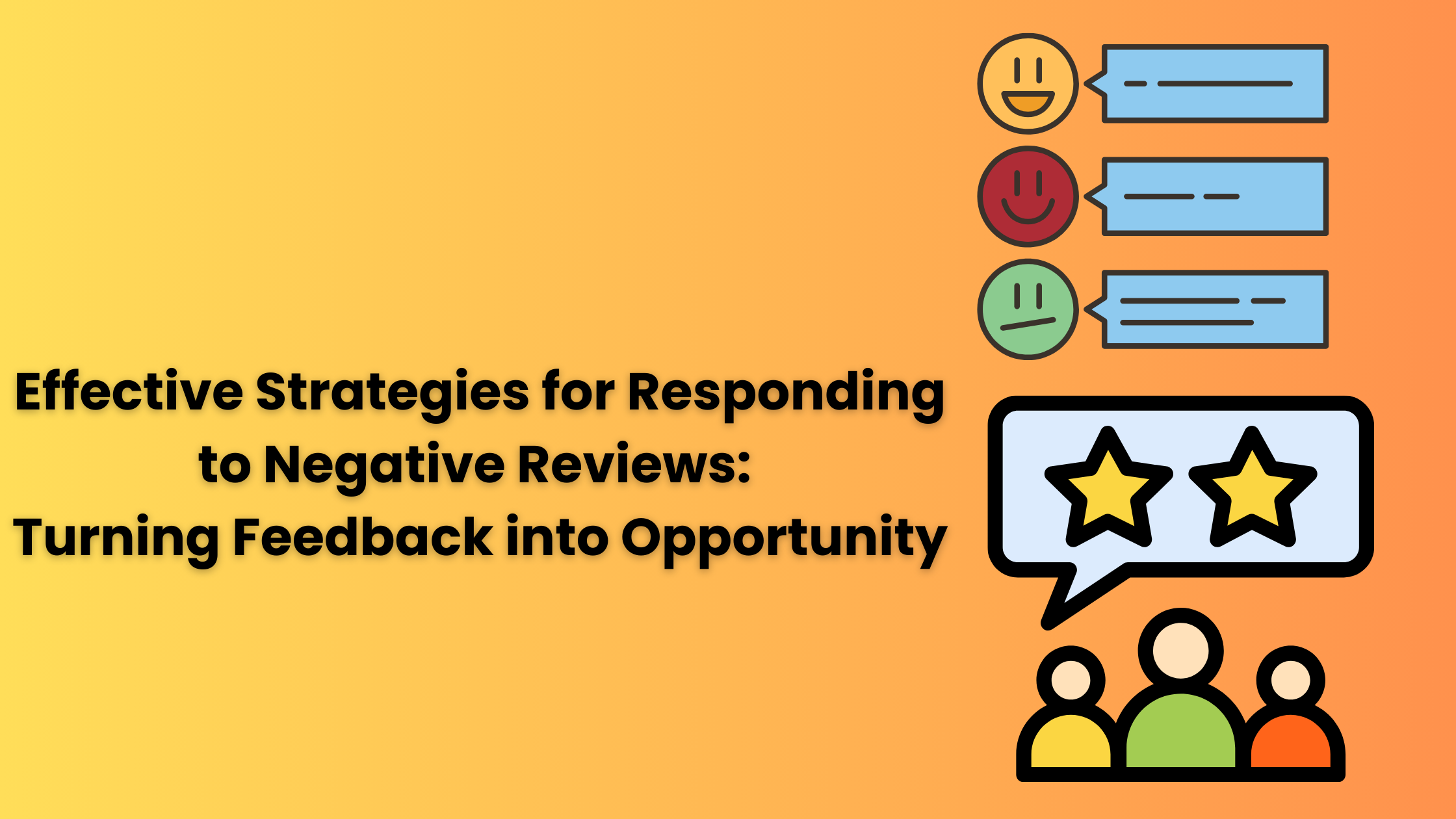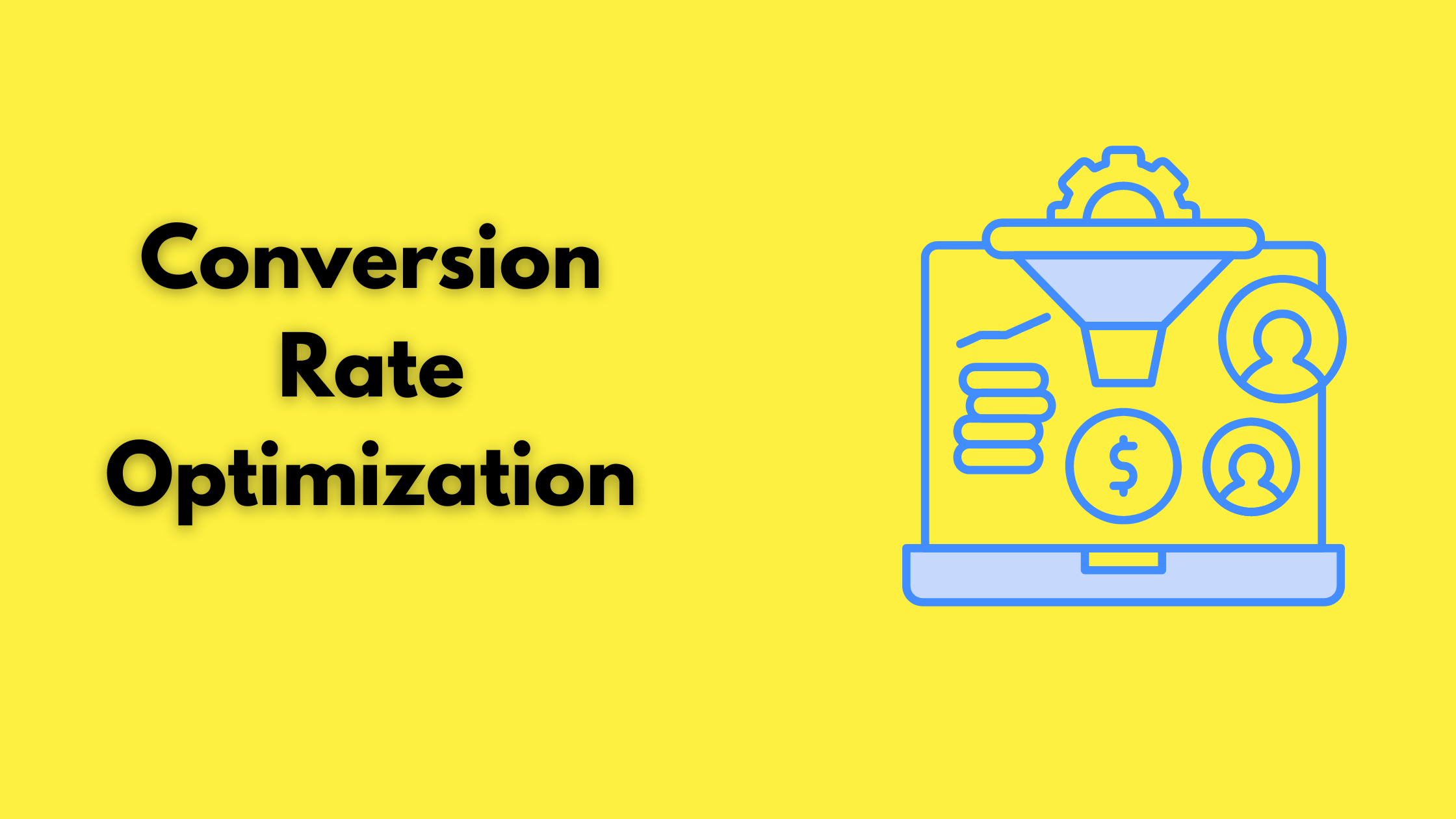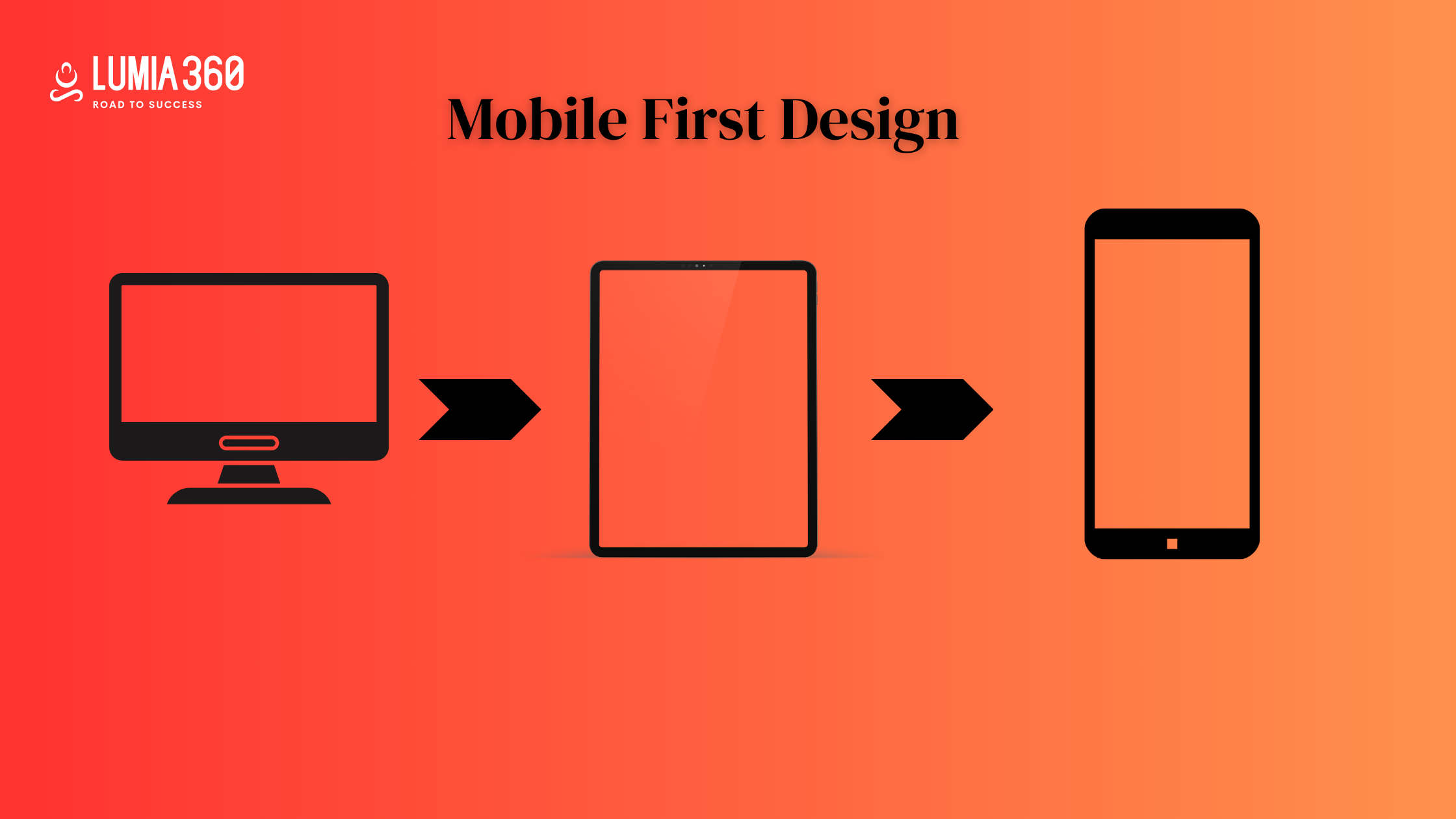
Responsive web design is an important element in today’s competitive digital space. Especially with the deep penetration of mobile and internet, where 86% of the global population uses smartphones.. Given that more users are using mobile to access the web, both for browsing and otherwise, responsive web design should be a priority for all websites.
Responsive web design is no longer a trend but a necessity, where 90% of websites have adopted it. It improves the way your website looks on different devices and bigger and smaller screens. It also enhances your engagement rate and prevents bounce rate. Websites that look displeasing on screen do not encourage interaction. 83% of mobile users feel websites should provide a seamless user experience.
In this blog, we’ll learn what responsive web design is, its best practices, and some exciting examples!
What is Responsive Web Design and its key components?
Responsive web design ensures that the website is consistent and loads easily on all devices and screen sizes. The web design techniques use fluid grid, media queries, flexible images, etc, to automatically adjust the website’s appearance and elements based on the device it is being displayed on. A responsive web design would adjust to different screen sizes to improve user accessibility and experience.
Some of the important components of responsive web design are
- Flexible layout: Flexible layout and grids are used to create websites that can adapt and adjust their layout on different devices and screen sizes. A flexible layout ensures that these elements rearrange, resize, or even hide themselves based on the user’s screen.
- Media Queries: Media queries apply a specific style to your website based on different characteristics of users’ devices or the environment in which it is seen. You can add multiple media queries to your stylesheet at different breakpoints. Some common media include screen width, device orientation, screen resolution, screen height, etc.
- Responsive Navigation: Responsive navigation bar adjusts its look and layout based on device type and screen size. Simplify complex menus for smaller screens.
- Responsive Text: Responsive text adjusts fonts based on different screen sizes and devices to ensure smooth readability for users. Different ways to implement responsive text include using viewpoint width and viewpoint height units or adding media queries to change font size based on screen size.
- Responsive Image: To make sure your images and videos are responsive, use the max-width property, which sets a maximum width for an image and video. This ensures the video or image fits the screen size; if the size of your image or video is more than the max-width property can adjust it.
Best Practices for Responsive Web Design

Here are some of the best practices of responsive web design
- Ascending Approach: 12% of global web traffic is contributed by mobile users. There are plenty of reasons why you should use responsive web design. It helps in providing the best browsing experience in terms of utility, transition, aesthetics, etc. Taking a mobile-first approach will help you focus and prioritize better. Website design, when optimized for small screens ,ensures only essential content is concentrated on so that the website loads faster.
- Scaling Site Layout: Website design usually follows the grid layout. Responsive design considers a layout that fits the user’s screen size. You can follow a systematic procedure of sketching and then prototyping. Sketching allows for creating rough drafts of interactive and evolutionary layout ideas. You can brainstorm ideas and then finalize the draft. Creating a draft of the layout helps in defining the layout that will hold code and content, making it simpler to focus on interaction and functionality aspects.
- Prototyping: Once the layout is decided, it’s time for the wireframe model, entailing the determination of the markup, breakpoint, navigation, etc, following design best practices. Prototypes are fast, disposable, and let you stay focused.
- Content: Make sure your content is interesting and entertaining for the users. Understand the user’s needs. Your content should be accessible and usable irrespective of the device it is viewed on.
- Adaptive Images: Images are another important area that requires a lot of attentio,n as they should fit the size of the screen. The images should be flexible and workable. So that it adjusts and fits all screen sizes.
- Touchscreen-Friendly: Make sure your design is focused on touchscreen devices. It is advisable to create large and easy-to-press buttons and think about how elements like dropdowns and hover work smoothly on touch devices.
Examples of Responsive Web Design

Here are some of the examples of companies that have adapted responsive design to provide a seamless experience to all devices.
- Airbnb: Airbnb’s responsive design makes it easy for users to book a vacation rental or browse activities using their computer, mobile app, etc. Images are a major part of Airbnb’s user experience, as they accurately showcase their listing and experience. Its responsive design ensures images adapt to different screen sizes.
- Patagonia: Responsive design is important for e-commerce websites because it allows users to purchase products from any device, which drives more traffic and boosts sales. Patagonia’s top navigation bar seamlessly adapts to a smaller screen size. It uses a hamburger menu that saves screen space and enhances the user experience. CTA also resizes to fit the smaller screen.
- Washington Post: Websites with vast multimedia content must display it correctly to enhance readability. The Washington Post has made it easy for its users to find relevant news more quickly. On small screens, it uses hamburger menus.
- Dropbox: Dropbox uses a fluid grid layout that automatically adjusts content to fit available space on the viewing screen. Images, icons, animation, etc prevent them from looking distorted. Some features appear hidden on smaller screens to ensure content remains visible and readable. Dropbox uses an adaptive navigation menu that displays the horizon menu on desktop and hamburger menu on mobile.
- Apple: Apple’s clean and sleek design adapts effortlessly and offers consistent user experience across all devices. Its flexible layout maintains a clear information architecture by arranging and organizing content to adapt to different screens. It uses a dropdown menu on mobile devices. Its video and images scale to adjust to different viewports for ensuring optimal viewing experience for all users.
- Starbucks: The hero image adds a spark to the website. It uses hamburger menus on mobile devices and product cards stack vertically on small screens.
Responsive websites are essential for providing a seamless experience. Choosing the correct framework that meets the expectation and needs of your customers is most important. Lumia 360 also creates dynamic responsive websites that can improve your search engine result page ranking and improve lead generation. To know more about web designing strategies, email info@lumia360.com or call 514-668-5599.
Read Also: A/B Testing in Email Marketing
Read Also: E-commerce Email Marketing Strategies



